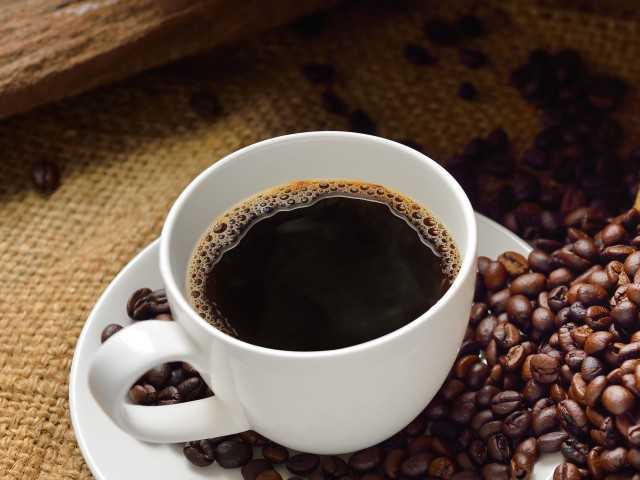It all started with the First Wave, as coffee experts put it. Back in the early and mid-20th century, coffee was a common beverage in American households, but quality was not a big concern. Americans wanted a hot beverage that gave them some pep in their step. The average American didn’t roll the beverage over her tongue to identify flavor notes. You made instant coffee in a cup, or Folgers or Maxwell House in a percolator, and you drank it as a commodity.
Coffee beans of that time were typically low quality, and Americans paid little to no attention to the origins of their coffee. As more sophisticated coffee-making devices appeared, such as Mr. Coffee in the 1960s and ’70s, Americans began to care a little more about the coffee they were drinking.
Through the 1980s and ’90s, Americans slowly started to take an interest in higher quality coffee. That lead to the Second Wave of coffee, as more people tried espresso and experimented with new methods for making coffee at home, such as the French press.
By the mid-to-late ’90s, Starbucks officially became the king of the coffee scene, focusing on espresso drinks and atmosphere that Americans now expect for their coffee experience. We can credit the company with raising the profile of espresso-based beverages and getting people to pay attention to coffee quality.
STARBUCKS AND THE THIRD WAVE OF COFFEE
We now acknowledge that Starbucks doesn’t really make espresso drinks that would be considered traditional. The typical Starbucks drink is a giant blended beverage that has a little espresso and a ton of sugar, milk, chocolate, and other flavorings not typically associated with fancy coffee drinks. It is almost a milkshake. And that brings us to the Third Wave.
In the 2000s and beyond, artisanal coffee shops sprouted across the country. From Stumptown to Blue Bottle, these companies are educating the public on the intricacies of fine coffee.
People familiar with wine tastings and their vocabulary and milieu will recognize a similarity in the way people now approach coffee. Aficionados these days go to coffee shops for “cuppings,”which involve tasting coffee varietals from across the globe to identify flavor notes, textures, and more.
Baristas in Third Wave coffee shops can be extensively trained and are not allowed to use certain coffee making devices until they are fully experienced in how they work best.
The Third Wave stresses the origins of coffee beans, from fair trade to direct trade coffee purchasing, as people now care about both the provenance of their coffee and how well the people producing it have been paid.
Third Wave shops often have rules that make the experience all about the coffee: They don’t let a customer take an espresso to go, for example, nor do they provide power outlets, in an attempt to completely control the environment around their products. Some call it snobby; others see it as quality control.
“The shift towards more specialty and gourmet coffee is largely led by the demands of Millennials, but it has been growing among consumers for over a decade,” Kyra Auffermann, a spokesperson for the National Coffee Association, told ATTN:. “As more consumers focus on quality, brewing methods such as the French press and pour-overs are gaining popularity. These methods help coffee lovers connect with the sensory aspects of the beverage and can turn a regular routine into a relaxing ritual.”
Auffermann said a surprising number of people still aren’t familiar with how coffee is sourced. But the expansion of artisanal coffee will likely help educate those who want quality and an ethical coffee experience. Starbucks received some flack in the mid-2000s for sourcing coffee from places in Ethiopia where workers were getting less than a dollar per day. People don’t just want great flavor and an enjoyable experience; they want to make sure they’re being a good person by supporting specific brands.
You might still make Folgers in a standard coffee maker, but more Americans are starting to learn about the complexities of coffee beans and ways of making coffee, and the next Starbucks-like franchise might be a lot fancier.


















